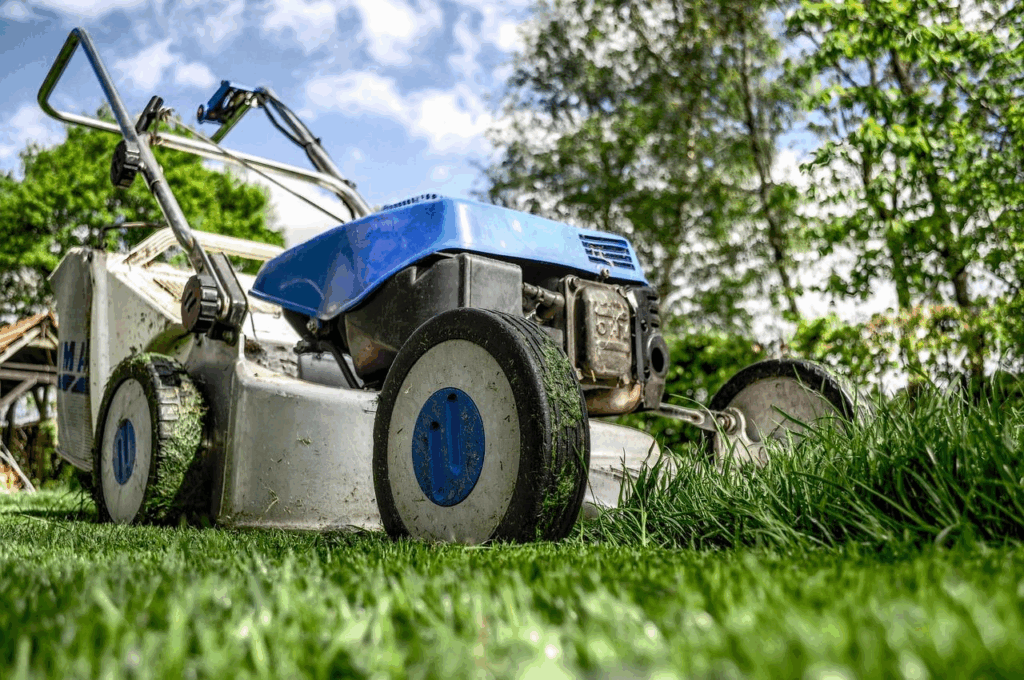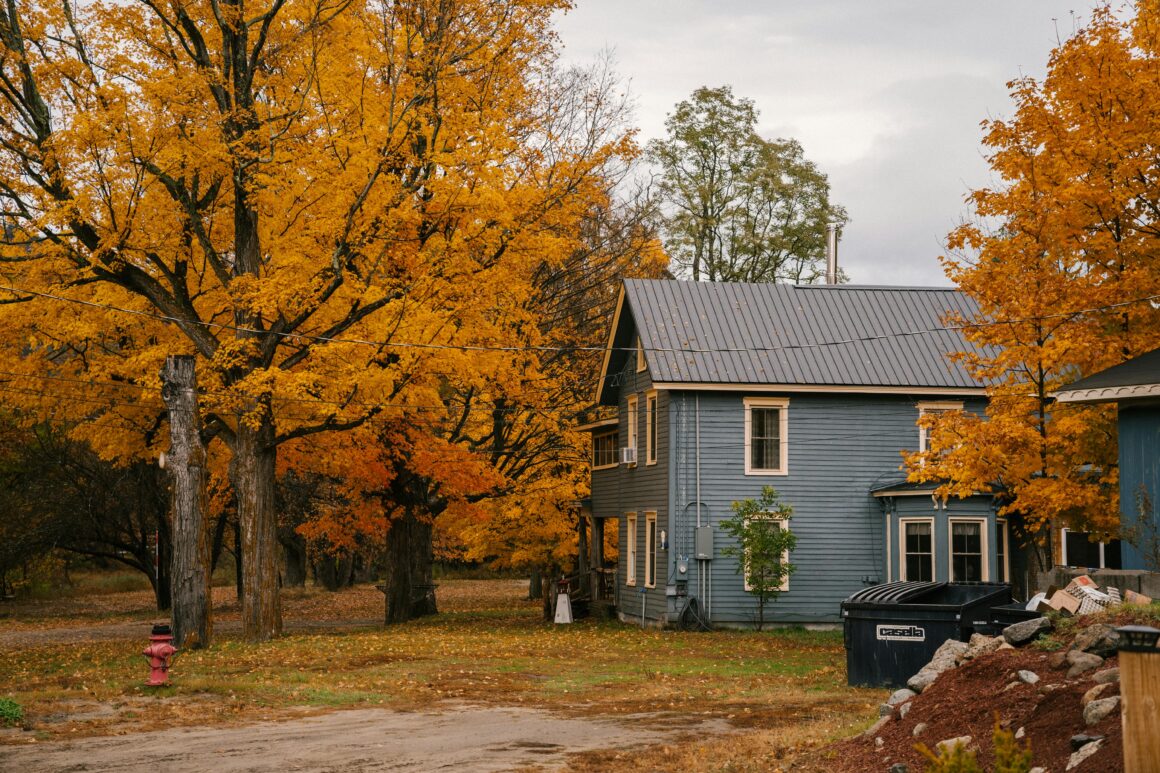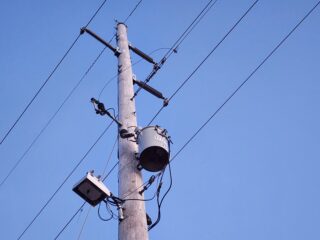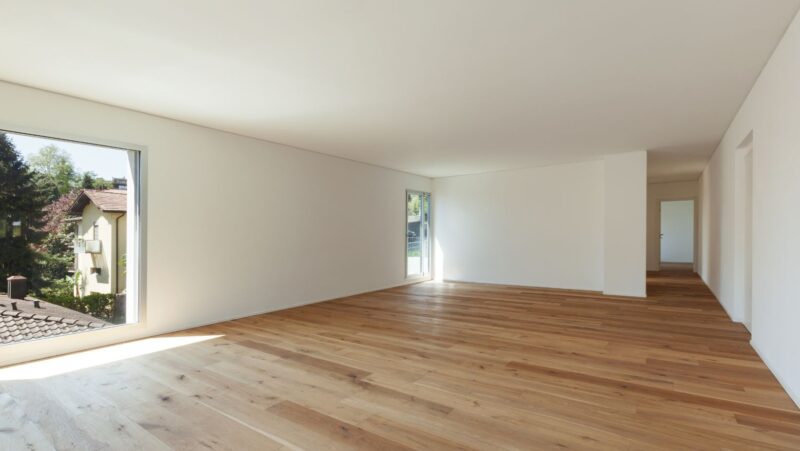
Rising heat and sudden storms are pushing people to rethink the usual yard plan. Households are now opting for ideas that can handle dry spells, flash rain, and long hot days. This approach not only keeps outdoor areas useful, but also good looking. A solid approach helps retain moisture, build better soil, and set up layouts that do not need constant fixing.
Region-Adapted Flora
Starting with species that already fit the local climate gives any garden a stronger base. Native options intake less water, stand up to common bugs, and grow well without heavy feeding. They keep going when rain slows down or when the thermometer jumps for weeks. Because they match the place, care drops and survival rates rise.
Wildlife also benefits in visible ways. They use the plantings for nourishment and shelter. When homes and parks add these choices, the area supports more life. The scene looks better and the space works as a small habitat.
Precise Watering
Drip emitters send moisture straight to roots, which cuts waste and keeps growth steady. Controllers tied to rainfall or soil meters set schedules based on real numbers, not guesses. Utility bills go down and greenery stays healthier because it gets enough without soaking the beds.
Collecting what falls from the roof adds a safety net for dry weeks. Barrels and buried tanks hold storm flow so it can be used when skies are clear. This simple loop supports the main system and eases pressure on city supplies.
Organic Inputs
When soil has plenty of nutrients, roots spread deeper. This helps plants soak moisture and last through droughts. Regular additions of compost further keep these gains building each season. Life in the soil also adds a quiet shield you will notice over time.
Critters and microbes convert raw matter into elements that plants can absorb. This process reduces dependence on artificial additives and reduces the likelihood of infection.
Thoughtful Layout
Comfort outdoors drops fast when the sun and hard surfaces push temperatures higher. Overhead frames like pergolas and arbors, plus well placed trees, create cover that lowers heat and slows water loss from the ground. Leaves also prevent scorching, and allow people to actually spend time outside.

The best part is that careful arrangement turns shade into cooler pockets. Taller growth on the west or south west side can shield lower plantings that prefer softer light. By planning your landscape project carefully, the layout keeps its style and stays usable during hot months.
Stormwater Beds
Heavy downpours can wreck planting areas if the flow has nowhere to go. Bioretention gardens catch the surge using deep rooted selections. These living bowls slow the flow, limit erosion, and protect nearby areas. They also add color and interest.
Permeable pavers further let rain soak back into the ground. Similarly, gravel trenches carry water away from trouble spots. These allow sites to stay safer and eliminate fhe pressure on public systems.
Simple Care Plans
Strong outdoor plans begin with choices that do not need constant fixes. Sturdy materials, tough plant mixes, and clean layouts cut weekly chores while ensuring a tidy look. Fewer urgent tasks mean lower costs and more time to enjoy the space.
Simple also does not have to mean plain. Color, texture, and a few well chosen highlights can stand out without heavy upkeep. When looks and performance match, the yard stays appealing through hot spells, sudden showers, and busy seasons.
Endnote
Smart landscaping shows that outdoor areas can be practical and attractive in face of shifting weather. By focusing on saving water, building healthier soil, and adding drainage features, property owners get spaces that truly last.












